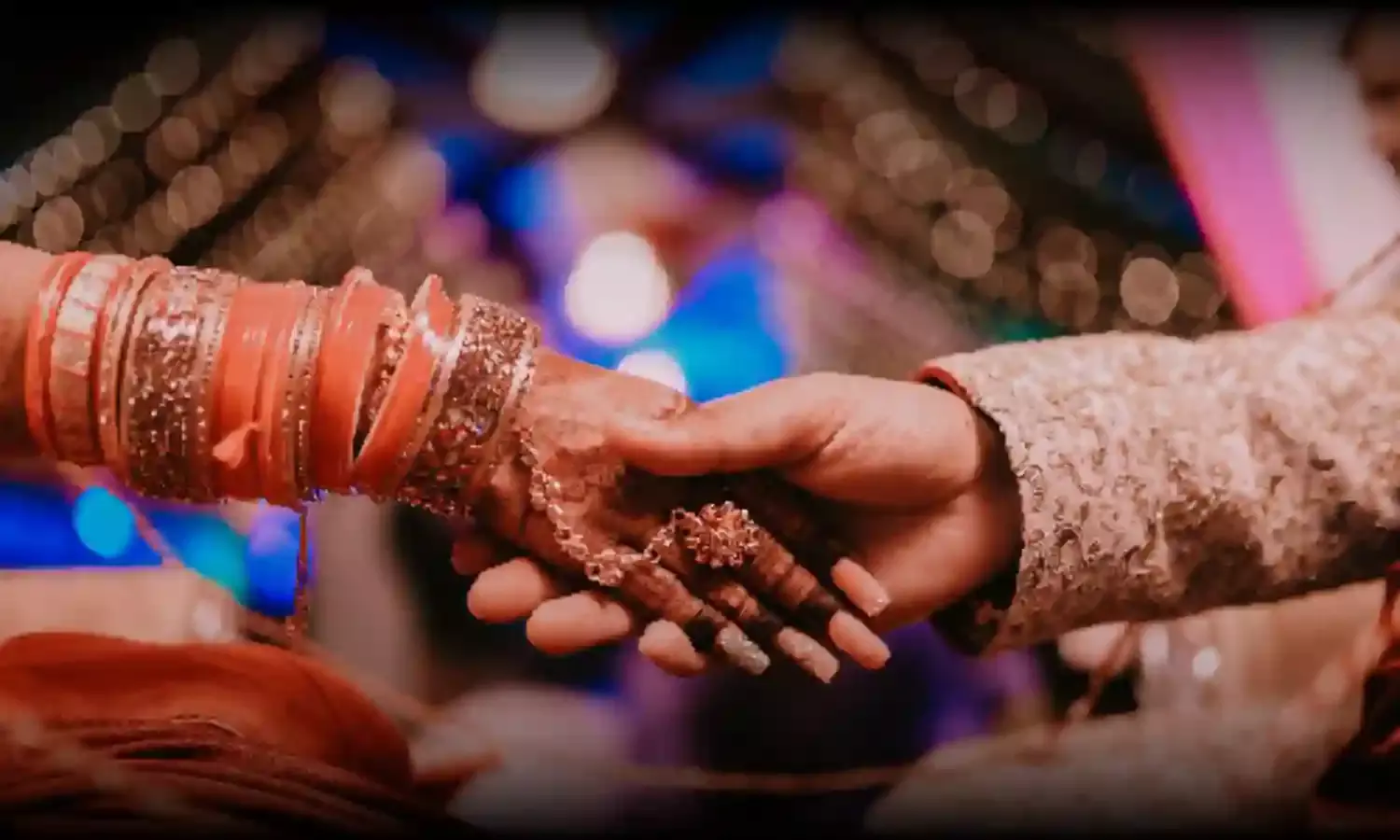Can't Inter Faith Couples Marry Without Changing Their Religion? Madhya Pradesh HC Misinterprets Special Marriage Act
X and Y are a couple in love. They have both attained marriageable age. X is a Muslim boy and Y is a Hindu girl and both of them do not want to change their religion. So can they marry?
Obviously, they can marry, thanks to the Special Marriage Act of 1954 (SMA). The very objective of SMA is to provide a special form of marriage which can be taken advantage of by any person in India and irrespective of the faith which either party to the marriage may profess.
However, X and Y, faced some threats from family members and thus could not appear before the Marriage Officer. They knocked the door of the Madhya Pradesh High Court seeking police protection.
The issue before the Court should have been whether the petitioners deserve to be provided with a police protection to exercise their right to marry. But strangely, the Court got obsessed with the issue whether the marriage of a Muslim boy with a Hindu girl is a valid marriage or not?
The court noted that, as per Mahomedan law, the marriage of a Muslim boy with a girl who is an idolatress or a fire-worshipper, is not a valid marriage.
It further observed: "Under personal law, performance of certain rituals are necessary for solemnization of marriage. However, if marriage is performed under Special Marriage Act, then such marriage cannot be challenged on the ground of non-performance of such mandatory rituals. But marriage under Special Marriage Act would not legalise the marriage which otherwise is prohibited under personal law. Section 4 of Special Marriage Act provides that if the parties are not within prohibited relationship then only marriage can be performed.."
Dismissing their petition, the Court said that if the marriage is registered under the Special Marriage Act, the marriage would be no more a valid marriage and it would be an irregular (fasid) marriage.
The problem with this judgment is not only that it denied protection to the couple but also that it observed that a marriage under the Special Marriage Act would not legalise the marriage which otherwise is prohibited under personal law.
In fact, as stated earlier, the very objective of SMA is to enable marriage of couple who belong to different religion without undergoing conversion.
Section 4 of the SMA reads: Notwithstanding anything contained in any other law for the time being in force relating to the solemnization of marriages, a marriage between any two persons may be solemnized under this Act, if at the time of the marriage the following conditions are fulfilled. Clause (d) reads: The parties are not within the degrees of prohibited relationship.
The fact that Muslim law does not permit a Muslim man to marry a Hindu girl does not make their relationship 'prohibited' as per Section 4(d). This is made clear by the first schedule of the SMA which gives a list of “Degrees of prohibited relationship”.
Section 4 itself makes it clear that even if any law (includes personal law) does not allow a marriage between any two persons, they can invoke the Special Marriage Act.
Recently, the Supreme Court Constitution Bench in Supriyo vs Union of India has discussed the history of this enactment.
The Court noted that before the enactment of SMA, if two people belonging to different religions wished to marry, they were each required to renounce their respective religion in order to avail of its provisions.
"Parliament was conscious of the limiting and restrictive character of the Special Marriage Act 1872 and enacted the SMA in 1954, which was a more permissive legislation in that any two persons could marry, without having to repudiate their respective religions. By stipulating that “a marriage between any two persons may be solemnized under this Act,” the SMA also set out a mechanism for inter-caste marriages to be solemnized independent of personal law.", the Court had observed.
The observation made in the Madhya Pradesh High Court judgment is therefore grossly erroneous. The effect of this judgment is that a Muslim-Hindu couple will be forced to change their religion if they want to marry.
[The opinions expressed in this article are those of the author. Verdictum does not assume any responsibility or liability for the contents of the article.]












